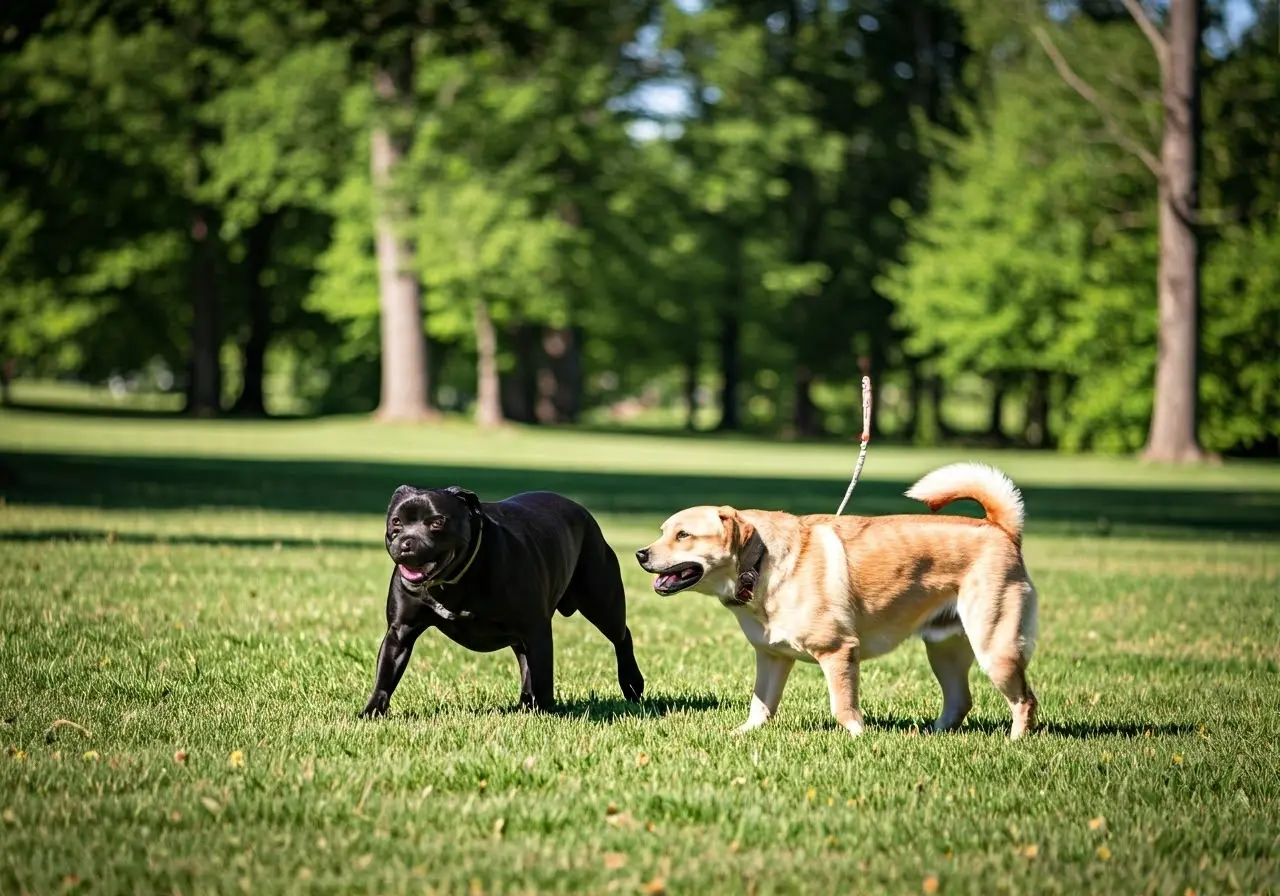Training a dog can be a rewarding but challenging endeavor, especially for Madison, WI residents who love their furry friends. Understanding the right techniques and solutions can make all the difference in achieving a well-behaved companion. Let’s dive into some effective dog training solutions that can benefit any dog owner in Madison.
1. Understanding Basic Obedience
Understanding and teaching basic obedience commands such as sit, stay, and come is a fundamental step in dog training. It sets the stage for more advanced skills and better behavior. By developing a solid foundation in basic commands, you create a language that enhances communication with your furry friend. Consistency and patience are pivotal in teaching these commands. Remember, each dog learns at its own pace, and celebrating small victories can motivate both you and your pup.
To enhance your training, incorporating hand signals along with verbal commands can strengthen your dog’s response. Dogs are great at reading body language, so using clear, consistent gestures can help clarify and reinforce their understanding. Start by pairing a hand signal with a verbal command and gradually phase out the verbal cue as your dog becomes more proficient. This dual approach not only aids in teaching obedience but also deepens the bonding experience.
2. The Importance of Socialization
Socializing your dog with other animals and people can help reduce aggression and fear-related behaviors. Madison offers many dog-friendly parks and social gatherings to aid in this process. If you’re a frequent visitor of dog parks in Madison, learning how to navigate these environments with ease can benefit your dog’s social skills. Observing your dog’s body language helps you recognize when they’re ready for social interaction—or when they need a break.
It’s essential to expose your dog to different scenarios, including meeting new pets and people, seeing various sized animals, and hearing new sounds and smells. Gentle, structured exposure to these elements is crucial. Over time, your dog’s confidence will grow, reducing anxiety in unfamiliar environments. Introducing diverse experiences helps in shaping a well-rounded, socially adept canine companion.
3. Positive Reinforcement Techniques
Using positive reinforcement methods, like treats and praise, encourages good behavior by rewarding your dog when they follow commands or exhibit positive actions. It’s a powerful tool for instilling desired behaviors and can be particularly effective when combined with a consistent training regiment. You might find our blog on effective dog training solutions helpful as you navigate this methodology.
While treats are a common incentive, a belly rub or a quick game of fetch can be just as gratifying for your dog. The key is to know your dog’s preferences and use them to your advantage during training sessions. Over time, as your dog learns what behaviors are expected, you can gradually switch to random intermittent reinforcement to maintain the learned behaviors without the expectation of a reward every time.
4. Crate Training for Comfort and Security
Crate training provides a safe haven for your dog and helps with house training and behavioral management. It’s essential to ensure the crate is a comfortable and positive space. A well-fitted crate can become a sanctuary for your pet, offering a refuge during stressful times, like fireworks or thunderstorms.
To crate train effectively, never use the crate as punishment. Instead, encourage your pup to enter the crate by tossing treats inside, or feeding meals in it, gradually increasing the duration they spend inside. This approach nurtures a positive association. Additionally, providing a soft bed and comforting toys can enrich their crate experience, supporting their understanding that it’s a safe place.
5. Mastering Leash Training
Teaching your dog to walk on a leash without pulling can make walks more enjoyable for both of you. Practice patience and use rewards to achieve better leash manners. Start in a low-distraction area and gradually work your way up to busier environments as your dog becomes more comfortable with the leash.
If your dog pulls, stop immediately and stand still until they return to your side, then resume walking. This teaches them that only a loose leash gets them where they want to go. With time, your dog will learn that staying closer to you on a walk is rewarding. Consistent reinforcement in various settings aids in establishing solid leash etiquettes.


